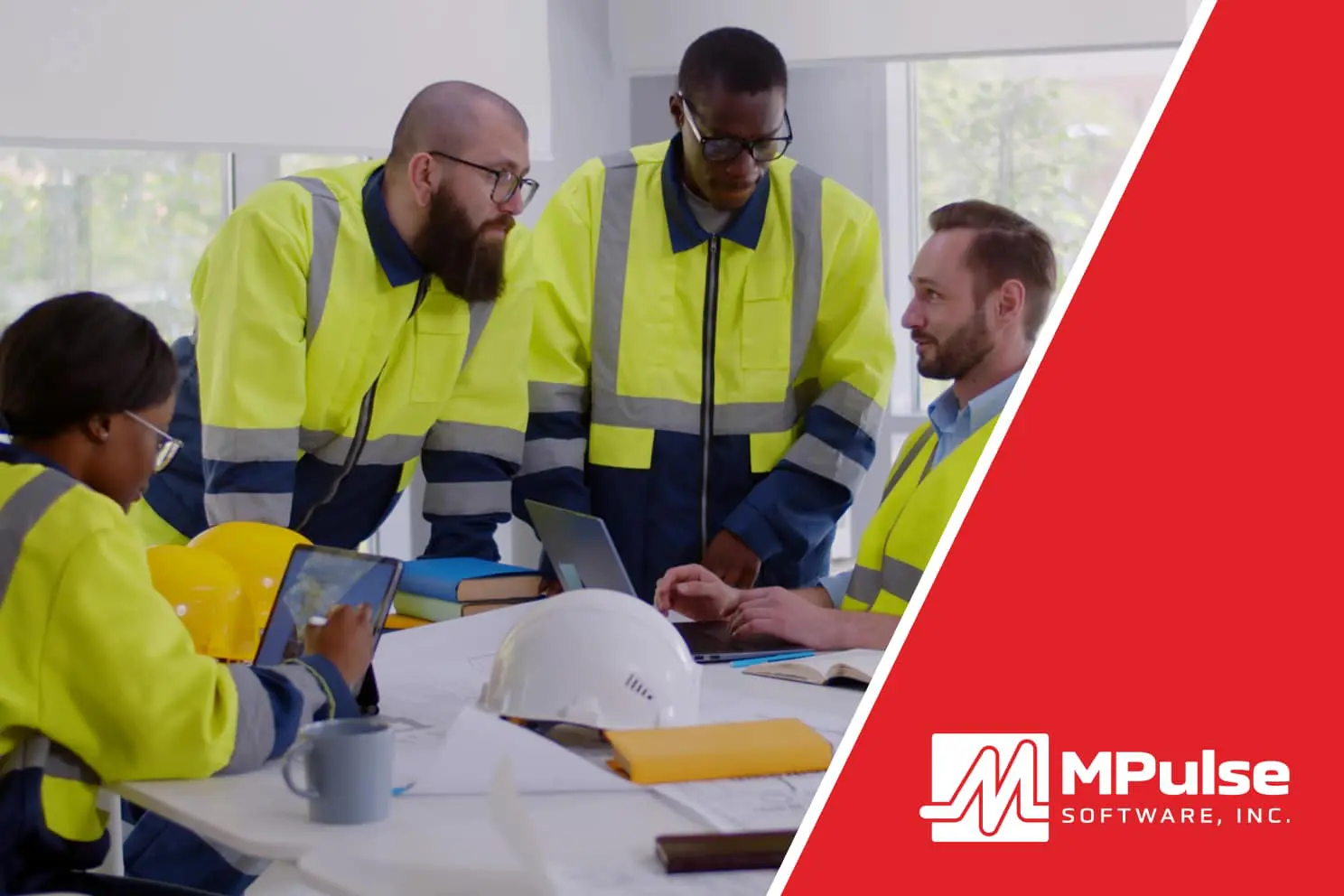At this point, you’ve identified most of your stakeholders in the CMMS purchasing process. However, we saved the most important one for last—your users
Users are any staff who will operate the software in their day-to-day jobs.
The most frequently stated concern among users is ease of use. Because a system that’s difficult to learn and navigate won’t be adopted quickly by the people who’ll be logging in the most. And software that’s not used will never produce the desired results.
Prevent Poor User Adoption
Your users need to understand why they need to learn a new system. Consider who on your team might have emotional reasons to oppose CMMS. What could they be?
You can prepare by thinking about how maintenance management software will impact each role. Firstly, ask yourself…
- How is this program likely to affect each person’s daily workload positively or negatively?
- How might this program threaten each person’s job, work performance, or domain of responsibility?
Secondly, to avoid becoming a victim of poor user adoption, you need to…
- Listen—and develop an understanding of the users’ concerns. Ask some probing questions to understand what users like and don’t like about the programs they currently use.
- Do your homework. Be sure to vet all potential solutions for usability based on what you learned from your discussions with users.
- Evangelize the merits of the chosen solution—prior to implementation. Explain to those who’ll be using the software what it does and how it does it. Sometimes establishing the right expectations is half the battle.
- Train. Be sure to purchase good training and let users know they’ll be getting it. Before go-live day, ensure all key users have been trained.
Understand Their Perspective
When you’re reviewing CMMS software, consider how the features will impact your users. Study after study shows that software that’s easier to use is used more often—and more effectively.
For example, removing the “clutter” will significantly streamline data access for your teams.
One such CMMS feature is called role-based access control, where your maintenance personnel will only see the records relevant to their unique workloads.
With role-based access control, you can easily adjust settings in your MPulse implementation so the right people have the right access to the right records. So, you can give your employees access to what they need—and only what they need.
For example, one MPulse customer employs a variety of maintenance professionals with very specific job duties. With role-based access control, their plumbers only see plumbing work orders. Their electricians only see electrical work orders.
Another customer with multiple facilities set up their role-based access control based on location. So the maintenance team at their Phoenix facility only sees work orders for that location, while the Denver facility team only sees the work orders for their location.
Create “Super Users”
Like many organizations, your maintenance team probably includes technicians of all ages. While younger generations typically view new technology positively, the same might not be true for everyone.
However, peer-to-peer mentoring can help. Start by finding the right employees to help their coworkers learn a new system by helping them become what we call “super users.”
You probably already know who they are—they are approachable, open to learning, responsible, and knowledgeable about the organization and how to contribute to its success. Their enthusiasm for the software and its capabilities is catching.
It’s important to support people who are likely to become super users with time, continuous training, and hands-on experience. In general, maintenance managers should encourage employees who have…
- A strong understanding (or potentially strong understanding) of workflows
- A belief in the value of technology and data-driven management
- An enthusiastic attitude and strong communication skills
- Good problem-solving capabilities
- Flexibility and adaptability to change
- Desire for continued learning and skill development
Super users can help you get your whole team on board with the initial implementation. Additionally, it can help the whole organization discover the value of CMMS data—and the decisions it helps make.
When it’s time to pitch CMMS software to your team, a little proactive work can go a long way. Follow these steps, and you’ll dampen the fears of even the most skeptical users. Contact us for more tips.
[related-content]


